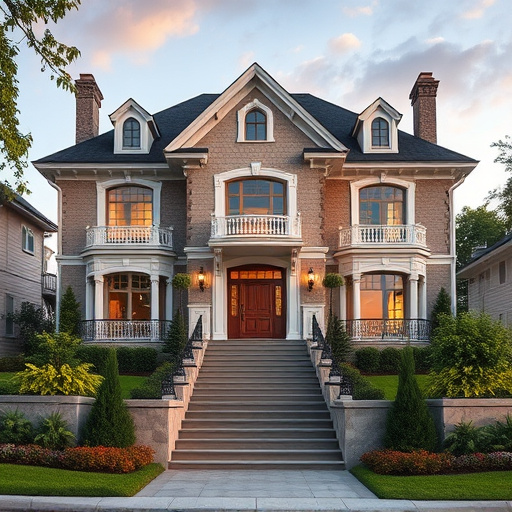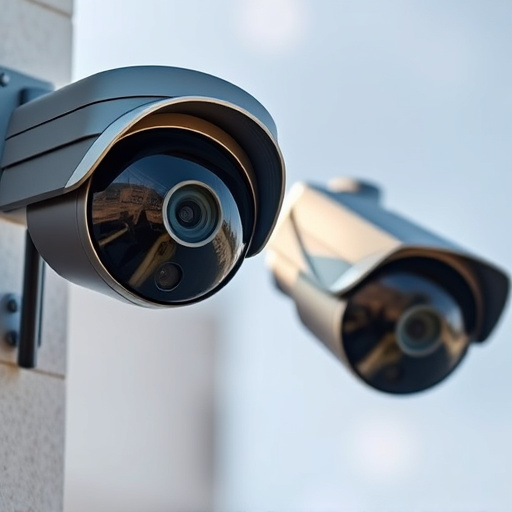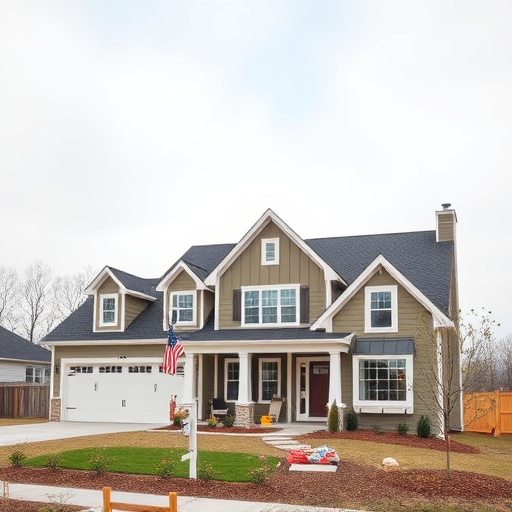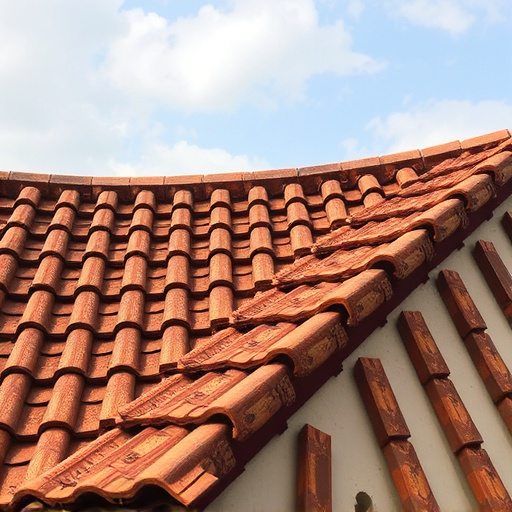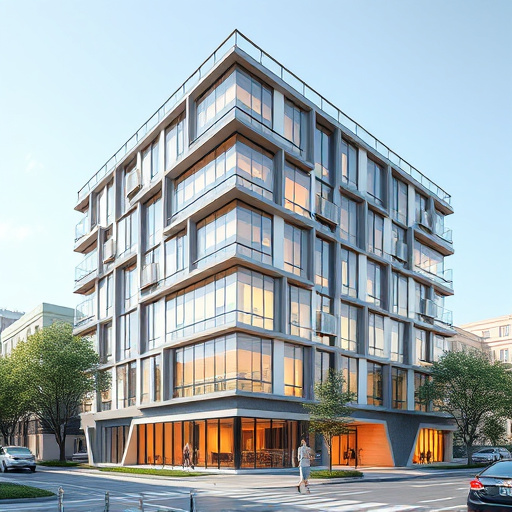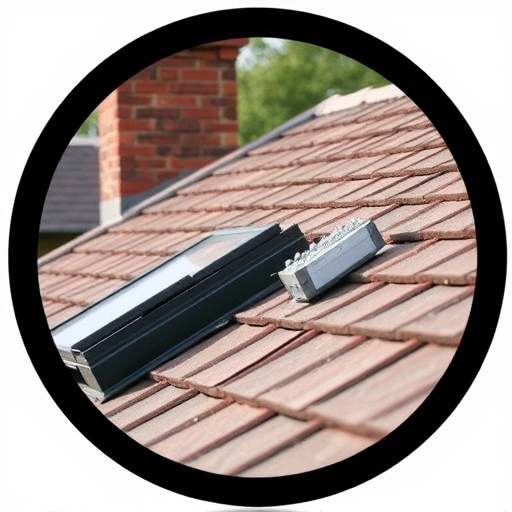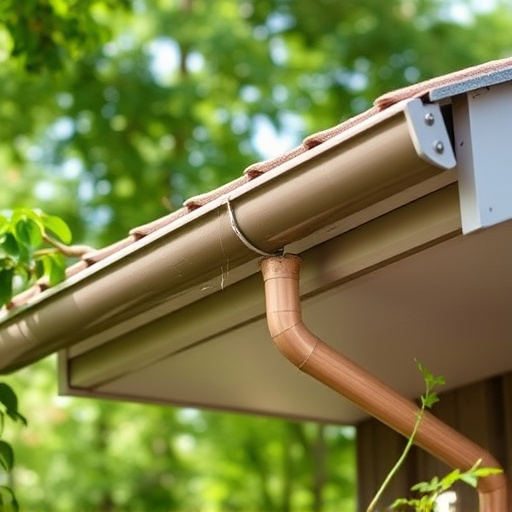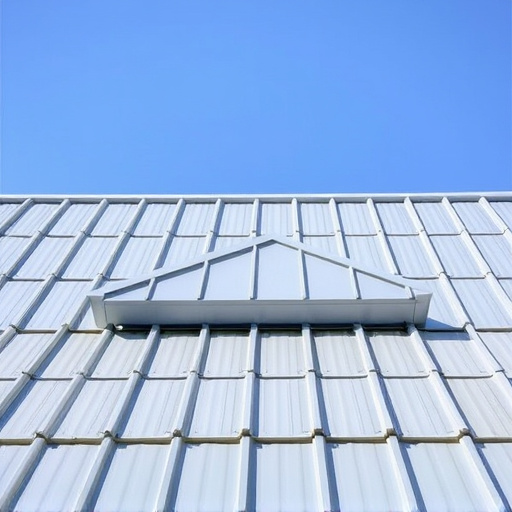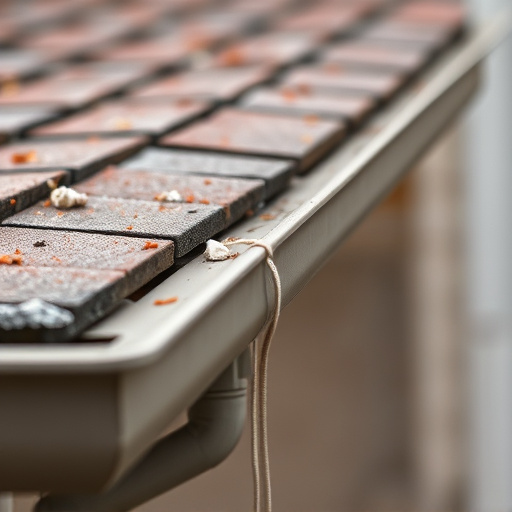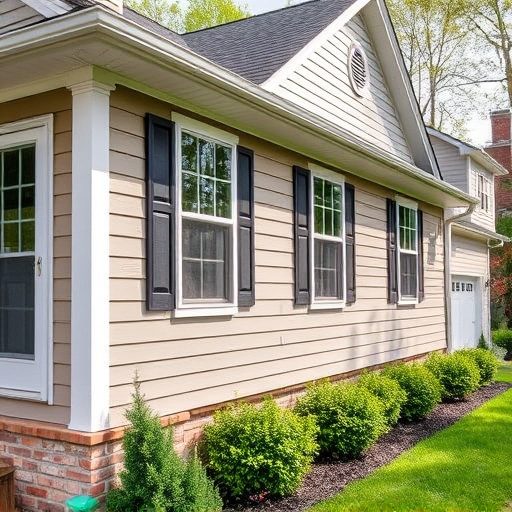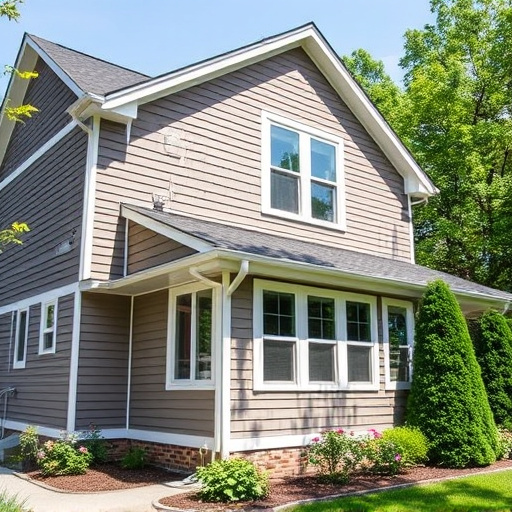TL;DR: When planning a siding system installation, opt for late spring or early autumn due to mild temperatures and reduced rainfall, ensuring optimal curing conditions. Professional contractors recommend these timelines for both stunning aesthetics and long-lasting durability. Strategic planning, including assessing exterior condition and consulting experts, is crucial before starting. The chosen season significantly impacts installation efficiency, with spring and fall offering better weather stability and faster drying times compared to extreme heat or winter cold.
Considering a new siding system? Timing is key! The best time to install a siding system varies based on weather patterns and regional climates. Understanding seasonal fluctuations ensures efficient, durable results and a smooth installation process. This guide breaks down the ideal times for your project, from mitigating moisture risks during spring to avoiding extreme temperatures in winter. Discover expert planning tips tailored to optimal siding system installation.
- Understanding Weather Patterns and Their Impact on Installation
- Seasonal Considerations for Efficient and Durable Results
- Planning Tips to Ensure a Smooth Installation Process
Understanding Weather Patterns and Their Impact on Installation
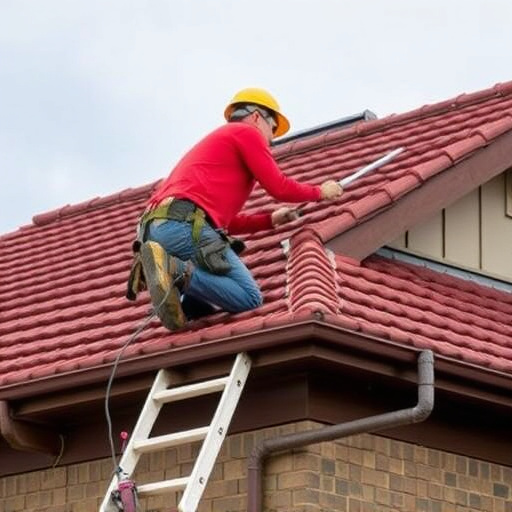
When planning to install a new siding system for your home exterior services, understanding weather patterns is key. The best time of year for installation often coincides with mild temperatures and lower precipitation levels. This typically falls in late spring or early autumn, when weather conditions are more favorable for both installation and curing of the materials.
During these seasons, intense heat that can delay drying times or cause issues with certain siding materials is usually absent. Conversely, cold winters and heavy spring storms can impact the process, leading to delays and potential damage. A professional siding contractor will consider these factors when advising on the best timeline for your specific siding and gutters needs. Opting for a quality professional siding service ensures that your home’s exterior not only looks great but also stands the test of time, even in varying weather conditions.
Seasonal Considerations for Efficient and Durable Results
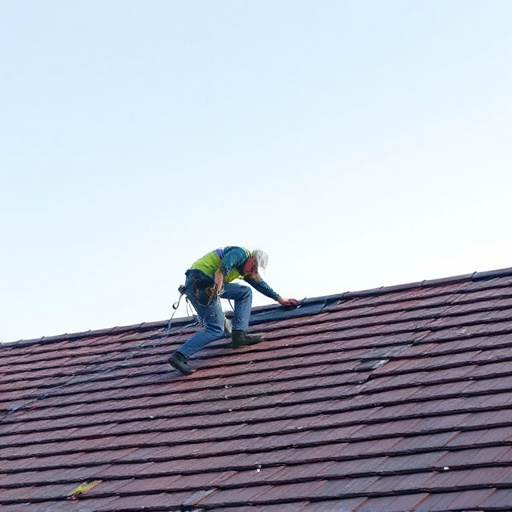
When considering installing a siding system, understanding seasonal considerations is crucial for efficient and durable results. The best time to embark on such a project is during the late spring or early summer months. During this period, weather conditions are generally more favorable, with milder temperatures and less extreme fluctuations compared to winter or the height of summer. This stability ensures that both the installation process and the long-term performance of the siding system are optimized.
Additionally, planning for siding installations during these seasons allows for better coordination with other outdoor tasks, such as roof repair or siding and gutter replacements. The relatively mild weather conditions make it easier for contractors to work efficiently without being hindered by harsh temperatures or heavy rainfall. As a result, you can expect a more seamless transition into your home’s improved exterior, enhancing its aesthetic appeal and protective capabilities.
Planning Tips to Ensure a Smooth Installation Process
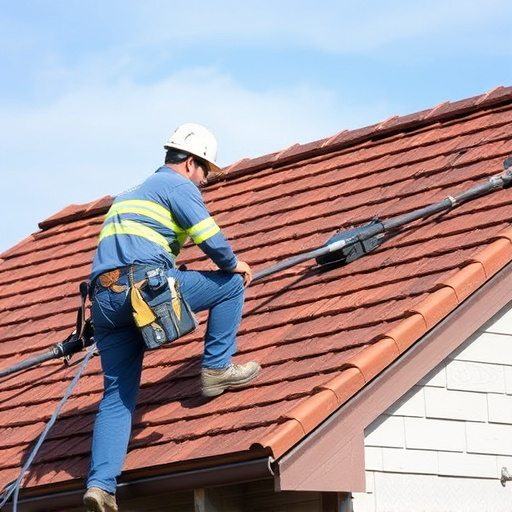
Before beginning your siding system installation project, it’s crucial to implement strategic planning tips that will ensure a smooth process from start to finish. First and foremost, assess the condition of your existing home exterior – including any necessary siding repairs – to determine if replacement is truly the best course of action. Consulting with professional home service solutions can offer invaluable insight into the project scope, timeline, and potential costs.
Additionally, considering the time of year plays a significant role in installation efficiency. In general, spring and early fall are ideal seasons for siding system installation due to moderate temperatures and reduced rainfall compared to winter or late summer. This allows for faster drying times and less disruption from unpredictable weather patterns, ultimately streamlining the work process for both homeowners and commercial roofing professionals alike.
When considering installing a new siding system, understanding the best time of year can significantly impact the process and results. In light of the above discussions on weather patterns, seasonal considerations, and planning tips, autumn stands out as an ideal period for installation. Cooler temperatures and lower humidity levels during this season ensure easier work conditions for professionals, reducing potential delays and damage risks. Additionally, planning ahead in autumn allows for a more relaxed scheduling process, giving you ample time to make informed choices without the rush of peak seasons. Ultimately, choosing the right time of year can contribute to efficient, durable, and stress-free siding installation.

